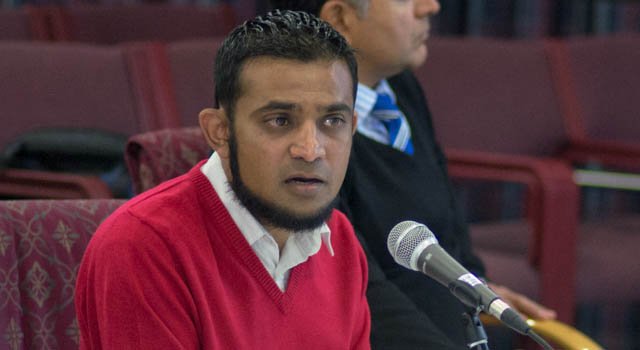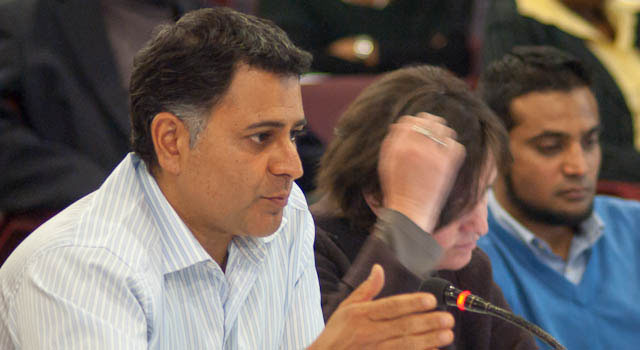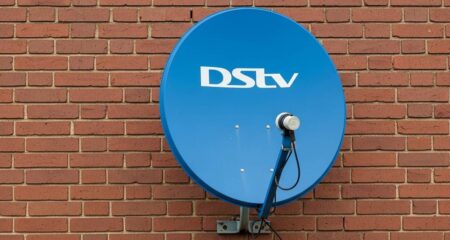
Kagiso Media wants to offer a pay-television platform that includes a high degree of local content to lower- and middle-income households as part of a bouquet that will cost consumers less than R240/month.
The company is, however, concerned that delays in the migration from analogue to digital terrestrial television will further entrench incumbent MultiChoice, which owns DStv.
Kagiso Media is seeking a licence to offer pay television as part of new services that will be licensed when South Africa moves to digital broadcasting technology. The Independent Communications Authority of South Africa (Icasa) is holding public hearings on the subject in Johannesburg this week. Kagiso Media presented its case on Wednesday morning.
The company’s head of broadcasting, Omar Essack, says Kagiso TV hopes to become a “leading provider of pay-TV services to low-income households”. The company’s extensive experience in “building media assets across a number of channels” will stand it in good stead as a broadcaster, he says.
Kagiso owns two large radio stations, Jacaranda and East Coast Radio. It is also involved in a joint venture with Microsoft running online portal Howzit MSN. The media company owns production house Urban Brew Studios — which produces content in English and indigenous languages — as well as digital agency Gloo, advertising sales business Mediamark, educational publishers Juta, and media market research company KLA.
Yusuf Nabee, head of business development and special projects at Kagiso Media, says the company has identified a gap in the market for what he calls a “targeted, relevant and affordable pay-TV service for the middle- to lower-income market segments”.
“Our research shows one of the main reasons for consumers from that segment not taking up services is price,” Nabee says. Kagiso TV’s target market will be in living standards measures (LSM) 5 to 7 because there is “limited penetration in that segment”.

“This represents a potential market size of between 3,5m and 5,6m households,” Nabee says, adding that for this segment “affordability and relevance are main concerns” and that the type of content most desired is “news, educational and local entertainment”.
Kagiso intends allowing customers to select specific channels and create their own bouquets to ensure the service is affordable and that the target market receives value for its subscription fees.
Nabee admits the R240/month quoted at Icasa’s hearings — the figure comes from its own research on affordability in its target market — is “on the high side” and argues it will offer lower-priced options to encourage uptake. The company won’t be drawn on what price points it expects to offer given this is sensitive competitor information. “We’re playing in a price as well as a proposition game.”
According to Nabee, Kagiso TV is expected to reach a million subscriptions by year six of its operations, with a peak funding requirement of R1,5bn by year five. It says its performance will be linked to the take-up of digital television, so if consumers move to digital broadcasts faster than expected, Nabee argues it could grow more quickly than anticipated.
“Kagiso remains concerned that there is not enough regulatory certainty in key areas to be able to verify the assumptions it has made,” Nabee says. The lack of final digital television regulations, particularly regarding the number of channels broadcasters will be allowed and local content requirements that will be imposed on them, is a substantial challenge for newcomers, particularly when it comes to planning their offerings. — (c) 2013 NewsCentral Media




